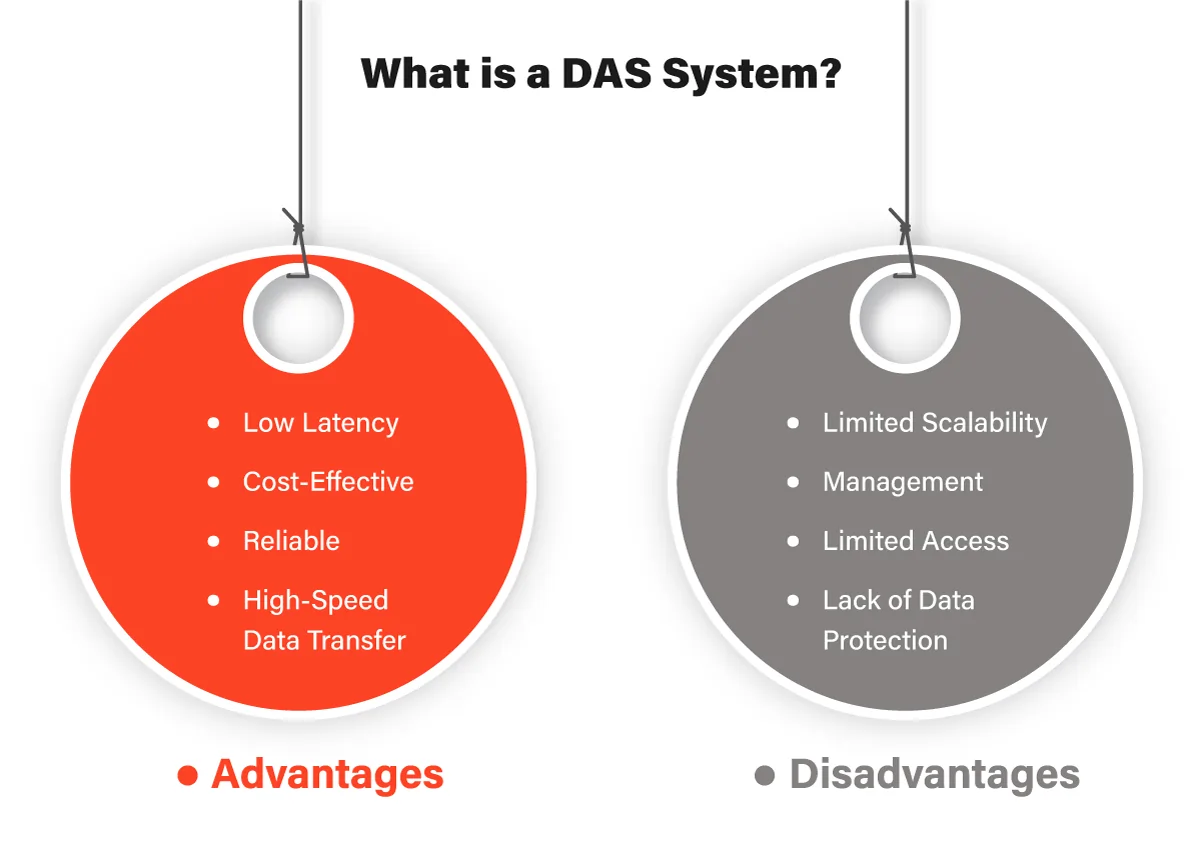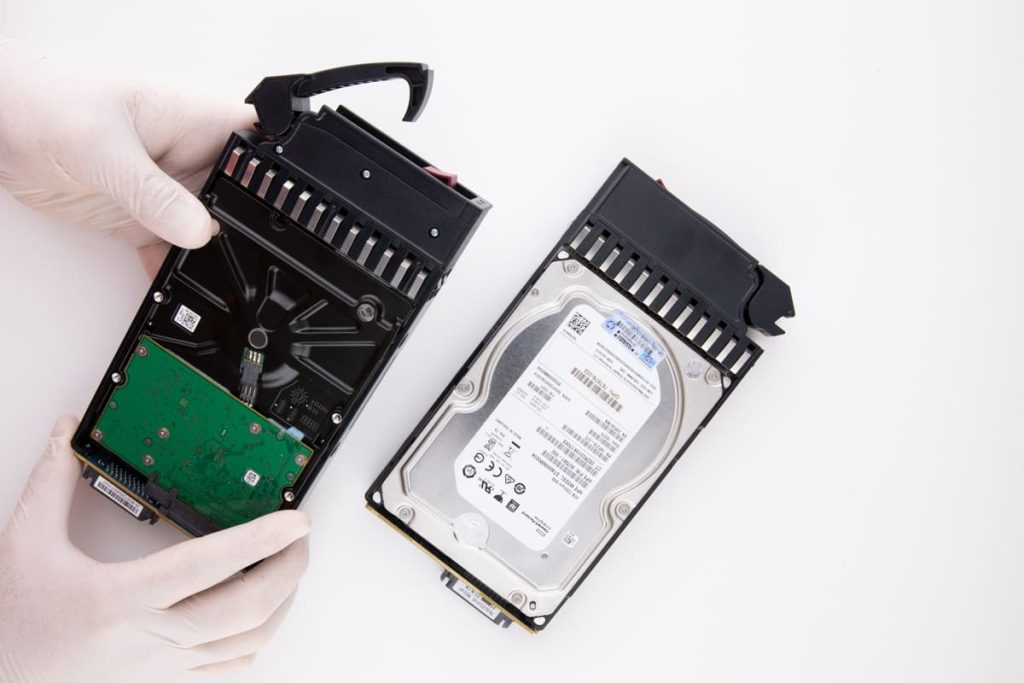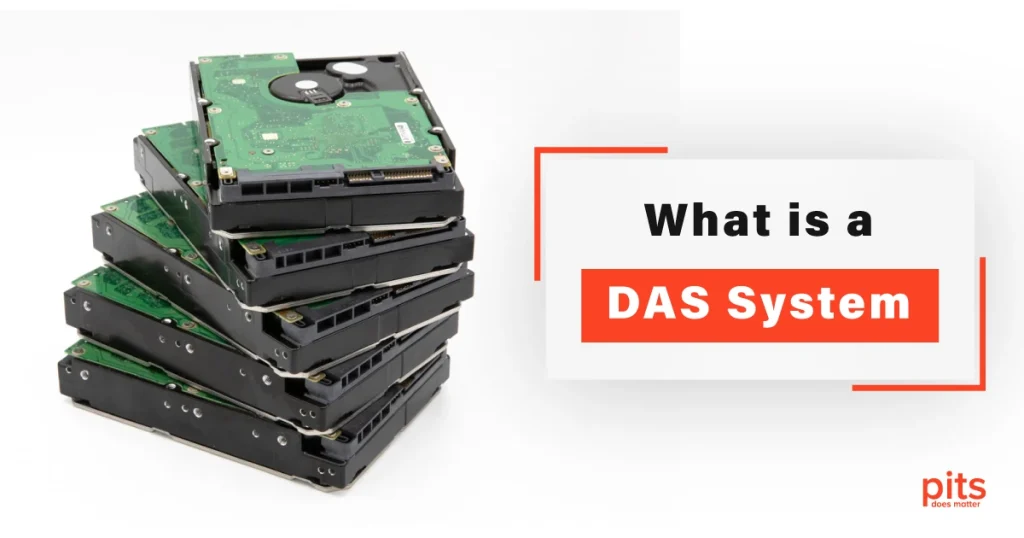Data storage constitutes a fundamental element within contemporary computing systems. Across a spectrum ranging from personal computers to expansive data centers, the necessity for proficient and dependable data storage resolutions remains paramount in order to effectively govern the ceaselessly burgeoning expanse of data engendered by diverse applications. Among the array of solutions, one notable example is the DAS storage system.
DAS, denoting Direct-Attached Storage, stands as a category of storage mechanism that forges a direct linkage with a host computer or server, circumventing the requisition for a network intermediary. In essence, the storage apparatus becomes physically affixed to the host system, typically via a cable conduit, thereby enabling the unswerving transference of data between the two entities.
Benefits of Using the DAS System
The DAS (Direct-Attached Storage) system is a widely employed apparatus. Enterprises place reliance upon this framework owing to its multifarious advantages. Nonetheless, it is imperative to consistently take into account the system’s limitations.
Advantages of DAS Systems
- Swift Data Transmission. DAS storage systems proffer elevated data transfer velocities, rendering them optimal for tasks necessitating rapid data retrieval.
- Diminished Latency. Given that DAS storage systems are directly connected to the host system, they present low latency and exhibit reduced susceptibility to network-related quandaries such as congestion and packet loss.
- Cost-Efficiency. DAS storage systems are generally facile to install and oversee, constituting a cost-effective solution for minor-scale storage prerequisites.
- Dependability. DAS storage systems manifest reliability, as they endure fewer perturbations from network-induced predicaments and are less predisposed to malfunctions compared to network-centric storage resolutions.
Disadvantages of DAS Systems
- Restricted Scalability. DAS systems exhibit constraints in scalability, tailored as they are for employment alongside a singular host system. Consequently, they prove unsuitable for grand-scale storage exigencies.
- Administrative Demands. DAS storage systems mandate manual administration, a process that can be protracted and intricate for expansive deployments.
- Deficiency in Data Safeguarding. DAS lacks attributes such as RAID for data protection, thus rendering them susceptible to data loss in the event of hardware breakdown.
- Constricted Accessibility. Due to DAS systems’ direct attachment to an individual host system, access to data remains circumscribed. This characteristic renders them unsuitable for applications necessitating shared data access.

Varieties of DAS Storage Systems
A multitude of DAS storage systems of diverse kinds are accessible in the market, each distinguished by its individual distinct attributes and merits.
Hard Disk Drive (HDD) DAS. This variety of DAS storage systems represents the most prevalent and is rooted in conventional hard disk drives. It is relatively economical and furnishes expansive storage capacity. Nevertheless, it exhibits a slower operational pace in comparison to alternative DAS storage system variants and is susceptible to mechanical malfunctions.
Solid State Drive (SSD) DAS. SSD DAS storage systems are hinged upon solid-state drives that utilize flash memory for data retention. They present heightened data transmission speeds and reduced latency. Furthermore, they evince enhanced reliability when juxtaposed with HDD DAS storage systems. It is worth noting, however, that they entail greater costs and deliver a diminished storage capacity in comparison to their HDD DAS system counterparts.

Network-Attached Storage (NAS) DAS. Network-attached storage (NAS) DAS systems have been purposefully devised to afford network accessibility to DAS storage apparatus. In doing so, they extend the advantages characteristic of DAS storage systems, such as elevated data transfer rates and minimal latency, while concurrently enabling a multitude of users to access the network.
Notwithstanding, it should be acknowledged that they entail augmented costs and intricate management in comparison to conventional DAS storage systems.
Storage Area Network (SAN) DAS. Storage Area Network (SAN) DAS storage systems have been architected to supply block-level access to storage devices via a network. SAN DAS furnishes swift data transfer speeds minimal latency and bestows remarkable scalability. It is imperative to recognize, however, that these systems demand sophisticated establishment and administration procedures. Furthermore, their operation necessitates the utilization of specialized hardware and software solutions.
Utilisation of DAS Storage Systems
DAS storage systems find application across a spectrum of domains, ranging from individual computing units to expansive data centers. Several prevalent utilitarian contexts for DAS storage systems encompass:
Video Editing. DAS storage systems are pervasively integrated into video editing applications. They proffer heightened data transmission rates and minimal latency, thereby facilitating real-time manipulation of substantial video files.
Gaming. DAS storage systems are also harnessed within gaming applications, affording accelerated loading intervals and prompt retrieval of game data, thereby enhancing the overall gaming encounter.
Minor-Scale Data Centres. DAS storage systems are similarly deployed within minor-scale data centers, presenting a cost-efficient solution for data storage and administration.
Backup and Recovery. DAS storage systems are further employed to cater to backup and recovery requisites, endowing organizations with facile data backup and retrieval mechanisms during hardware malfunctions.
DAS storage systems substantiate an indispensable constituent within modern computing frameworks, extending diverse benefits to their users. While their applicability might be restricted in grand-scale storage scenarios, they aptly suit the necessities of minor-scale storage demands and enjoy extensive utility within distinct arenas. In the process of selecting a DAS storage system, prudent consideration of aspects such as the storage device type, data safeguarding attributes, and managerial prerequisites assumes paramount importance to ensure alignment with the particular demands of the intended application. Following a comprehensive evaluation of these factors, the most fitting option can be judiciously chosen in accordance with bespoke requirements.
Frequently Asked Questions
What is Direct Attached Storage (DAS)?
Direct Attached Storage (DAS) pertains to a storage architecture in which storage devices are directly linked to a host system, such as a computer or server, without the necessity for a network infrastructure. DAS affords dedicated and exclusive access to storage resources for the host system.
How does DAS operate?
DAS typically encompasses the connection of storage devices, like hard disk drives (HDDs) or solid-state drives (SSDs), directly to the host system employing interfaces like Serial ATA (SATA), USB, Thunderbolt, or SCSI. The host system recognizes the attached storage devices as though they were internal drives, thus permitting direct access and oversight of the storage resources.
Is DAS appropriate for all varieties of storage requisites?
Direct Attached Storage is well-suited for sundry use cases, encompassing personal computing, small businesses, or applications necessitating high-performance local storage. Nonetheless, it may not be optimal for situations entailing shared access to storage resources or demanding scalability surpassing the capacity of a solitary host system.
Can I augment or enhance a DAS configuration?
Indeed, DAS configurations can frequently be augmented or enhanced by incorporating more storage devices into the host system or linking supplementary external storage arrays. Nevertheless, the scalability of DAS is constrained by the capacity and connectivity alternatives upheld by the host system.
Can DAS be utilized in conjunction with networked storage solutions?
Absolutely, it is plausible to amalgamate DAS with networked storage solutions such as SAN or NAS. This hybrid approach facilitates the capitalization of the advantages of both DAS (such as heightened performance and direct access) and networked storage (such as centralized management and shared access) within a solitary infrastructure.
"*" indicates required fields
